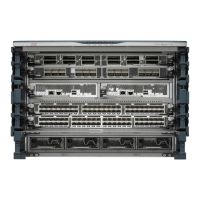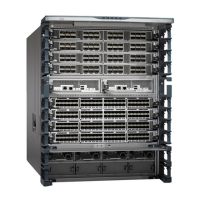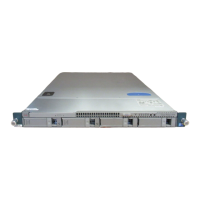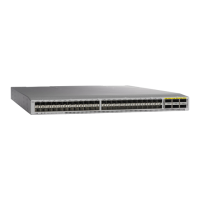Send document comments to nexus7k-docfeedback@cisco.com.
1-13
Cisco Nexus 7000 Series NX-OS Unicast Routing Configuration Guide, Release 4.x
OL-20002-02
Chapter 1 Overview
Summary of Layer 3 Unicast Routing Features
Software forwarding is controlled by control plane policies and rate limiters. (see theCisco Nexus 7000
Series NX-OS Security Configuration Guide, Release 4.x).
Summary of Layer 3 Unicast Routing Features
This section provides a brief introduction to the Layer 3 unicast features and protocols supported in
Cisco NX-OS.
This section includes the following topics:
• IPv4 and IPv6, page 1-13
• IP Services, page 1-13
• OSPF, page 1-13
• EIGRP, page 1-14
• IS-IS, page 1-14
• BGP, page 1-14
• RIP, page 1-14
• Static Routing, page 1-14
• Layer 3 Virtualization, page 1-15
• Route Policy Manager, page 1-15
• Policy-Based Routing, page 1-15
• First-Hop Redundancy Protocols, page 1-15
• Object Tracking, page 1-15
IPv4 and IPv6
Layer 3 uses either the IPv4 or IPv6 protocol. IPv6 is a new IP protocol designed to replace IPv4, the
Internet protocol that is predominantly deployed and used throughout the world. IPv6 increases the
number of network address bits from 32 bits (in IPv4) to 128 bits. For more information, see Chapter 2,
“Configuring IPv4” or Chapter 3, “Configuring IPv6.”
IP Services
IP Services includes Dynamic Host Configuration Protocol (DHCP) and Domain Name System (DNS
Client) clients. For more information, see Chapter 4, “Configuring DNS.”
OSPF
The OSPF protocol is a link-state routing protocol used to exchange network reachability information
within an autonomous system. Each OSPF router advertises information about its active links to its
neighbor routers. Link information consists of the link type, the link metric, and the neighbor router
connected to the link. The advertisements that contain this link information are called link-state
advertisements. For more information, see Chapter 6, “Configuring OSPFv2.”
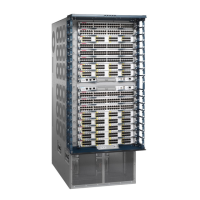
